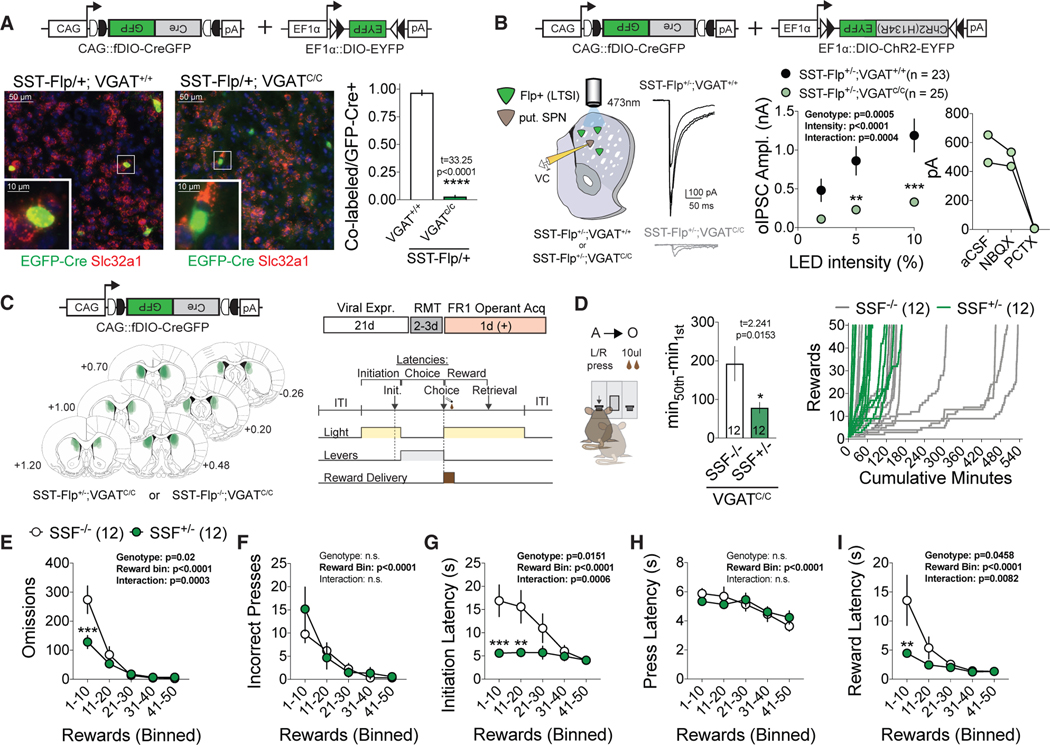Figure 5. LTSI GABAergic Signaling Is Critical for the Regulation of Goal-Directed Learning.
(A) Viral-genetic approach for LTSI VGAT deletion (top left), showing selective reduction of the VGAT in situ hybridization (ISH) signal in CreGFP+ neurons of VGATC/C animals. ****p < 0.001 versus VGAT+/+ control. SSF+/−;VGAT+/+, n = 4 mice; SSF+/−;VGATC/C, n = 4 mice.
(B) Left: physiological demonstration of VGAT deletion. Shown are representative optically evoked LTSI GABAergic currents (oIPSCs) recorded in SPNs and plot of oIPSC amplitude across light emitting diode (LED) intensities (center). **p < 0.01, ***p < 0.001 versus VGAT+/+ control. Right: sensitivity of optical responses to picrotoxin. SSF+/−;VGAT+/+, n = 23 cells/4 mice; SSF+/−;VGATC/C, n = 25 cells/4 mice).
(C) Histological confirmation of fDIO-CreGFP targeting across experimental animals (left) and experimental timeline (right).
(D) Left: time to acquire with conditional VGAT deletion in LTSIs. *p < 0.05 versus SSF-/control. Right: cumulative rewards versus minutes for control (SSF−/−, gray) and experimental (SSF+/−, green) mice.
(E–I) Omissions (E), incorrect presses (F), and latencies to initiation (G), press (H), and reward (I) across acquisition in bins of 10 rewards. **p < 0.01, ***p < 0.001 versus SSF−/− control.
All data are represented as mean ± SEM. See also Table S1 for detailed statistics and Figure S4.

